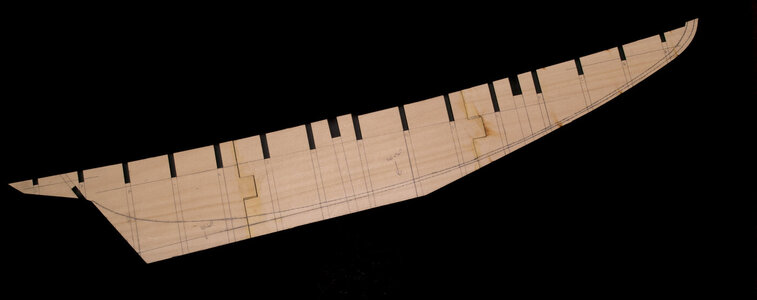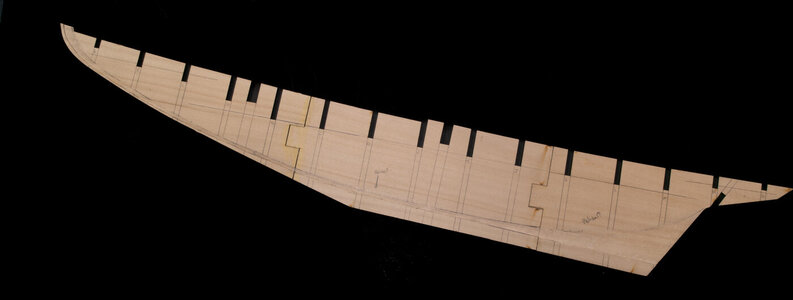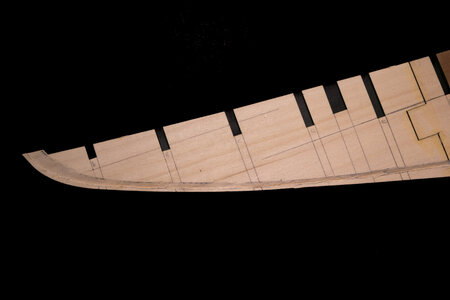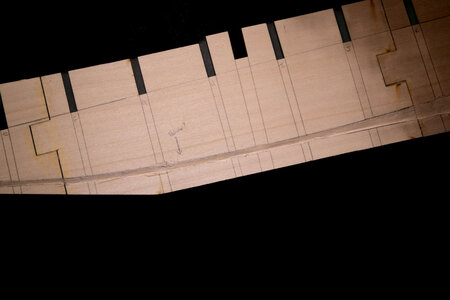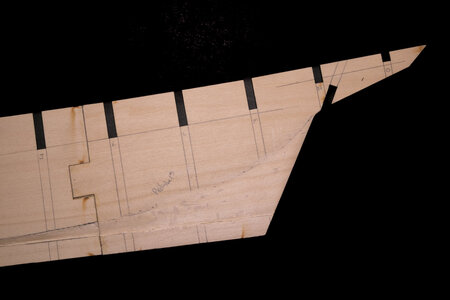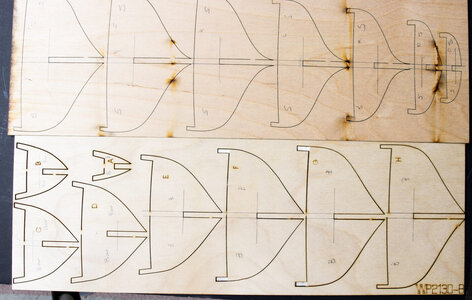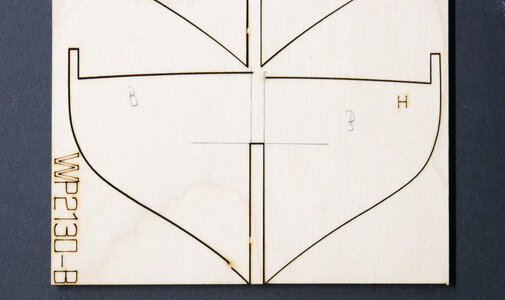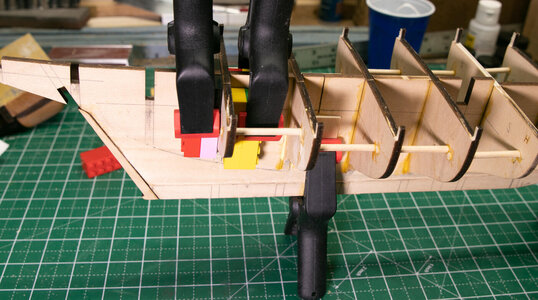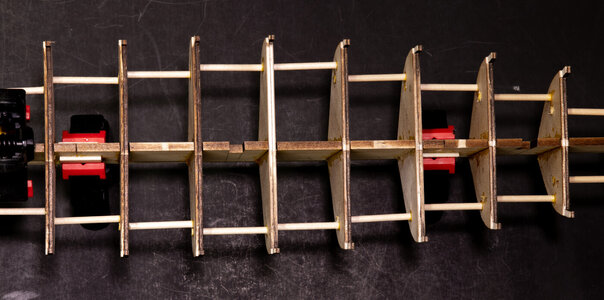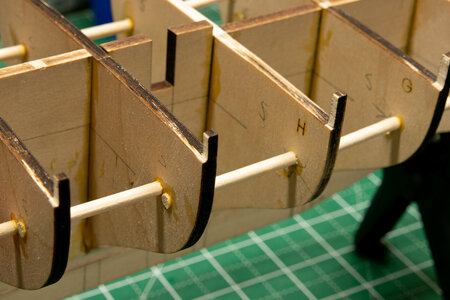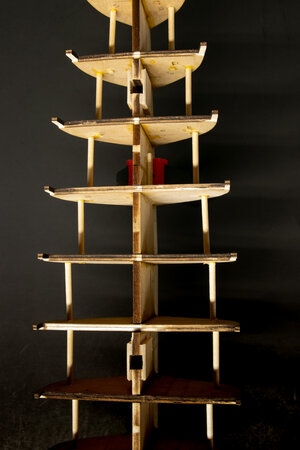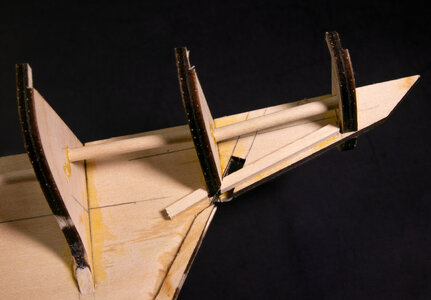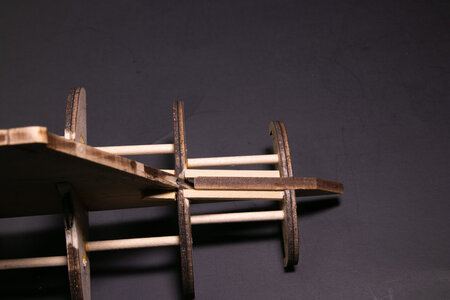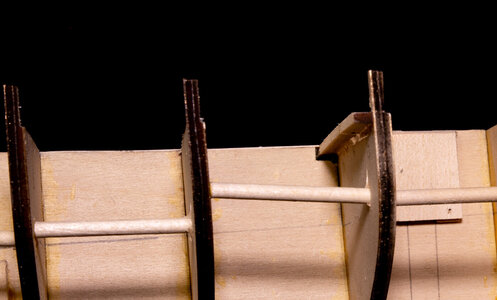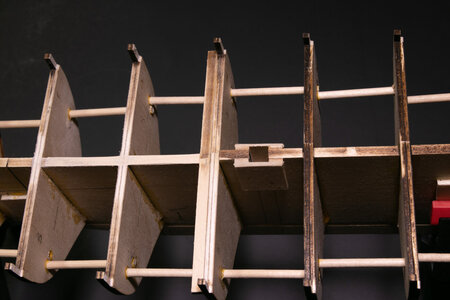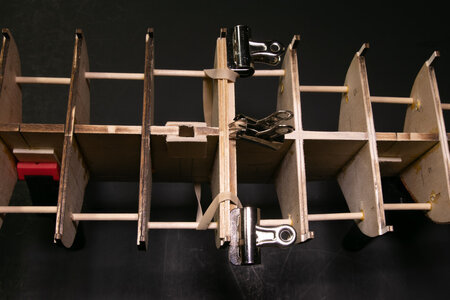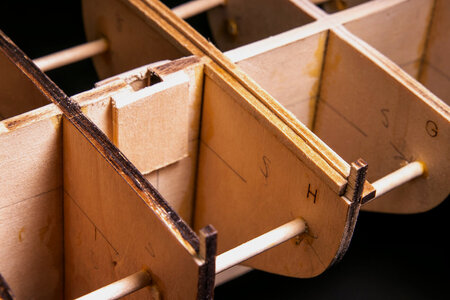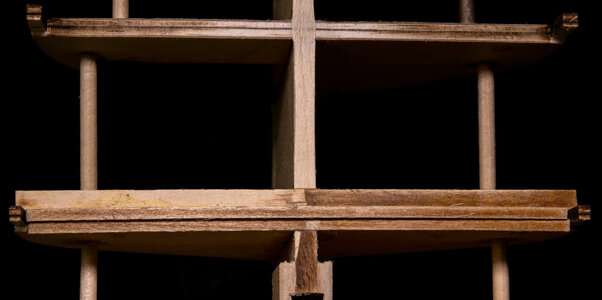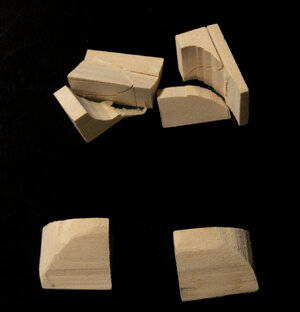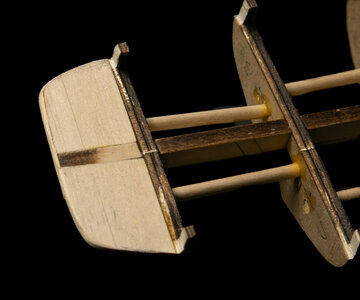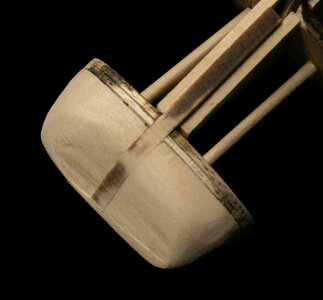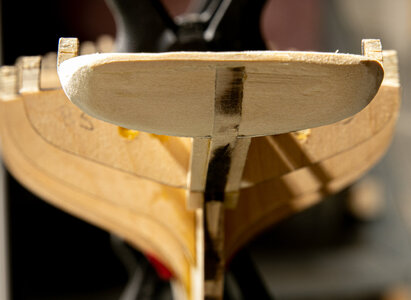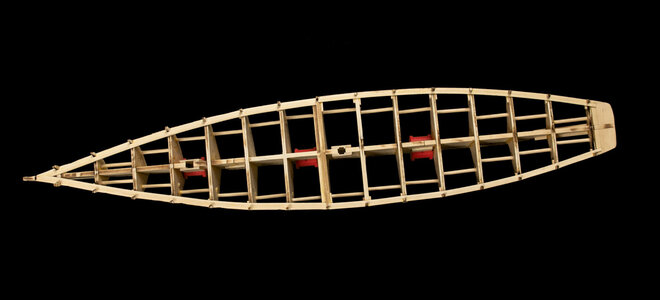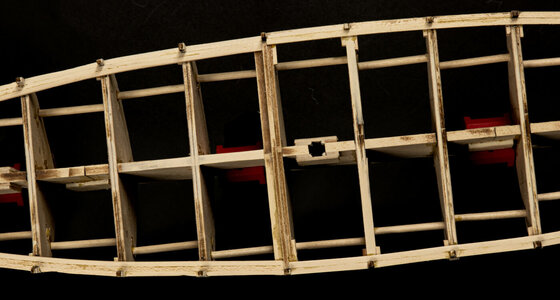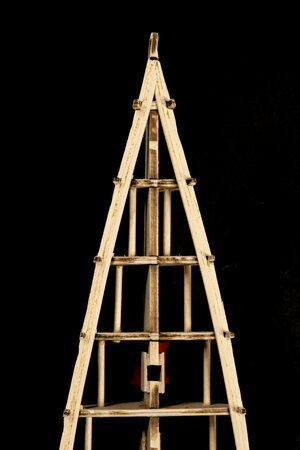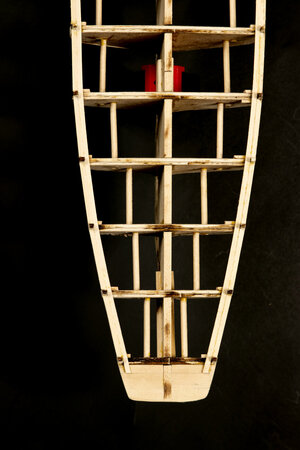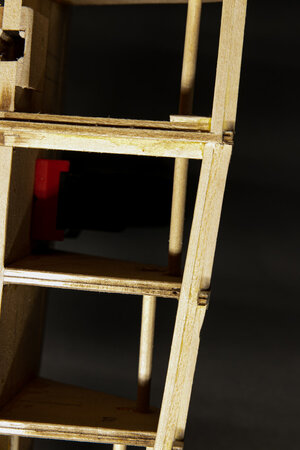I will be building the Model Shipways Bluenose (MS2130) in 1/64 (3/16"=1') scale. This is one of the ships I have wanted to build for some time. I got pretty lucky when purchasing the kit and got it at a super sale price when Mode Expo moved their warehouse last year.
The Bluenose will be going to my older daughter when completed. This ship reminds me of her. She works hard at one full time and one occasional part-time job, so she is a hard worker. But she is also a dedicated competitor running long trail runs. I think her longest to date is 60 miles (nearly 100km). The bluenose had 2 personalities, working and racing, much like her.
In order to be transparent, I actually started the Bluenose several months ago (middle of October 2022). I plan to post updates a couple of times per week until I get caught up with the actual build. I am using other build logs that I have found as references as well as the plethora of information available online about the Bluenose for guidance. Specifically, the build by the Suburban Ship Modeler is most helpful.
To start here are some pictures of the kit plans and supplies. I checked the parts list and found I was short on the listed number of eyebolts so I contacted Model Expo. I received the additional parts within a week at no charge and no shipping. Great service.
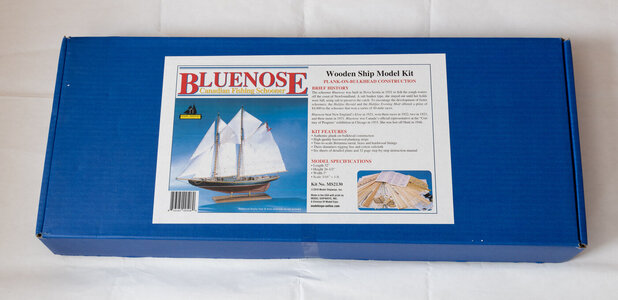
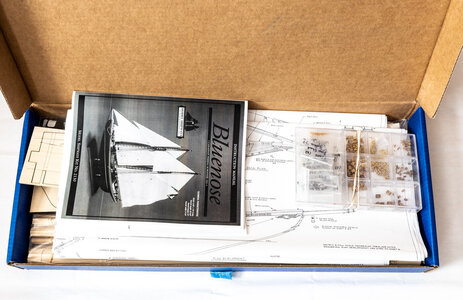
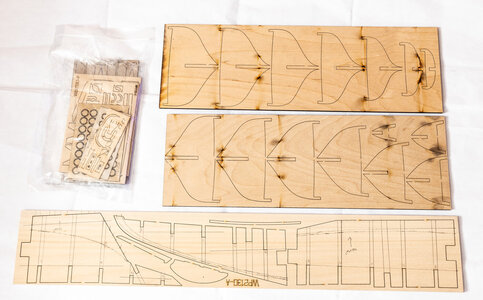
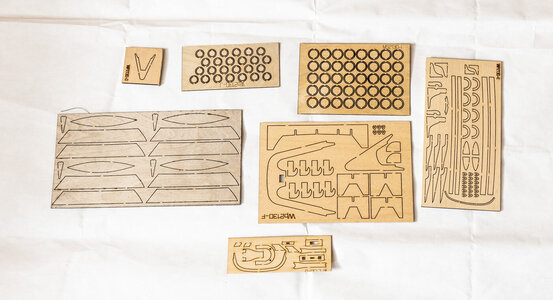
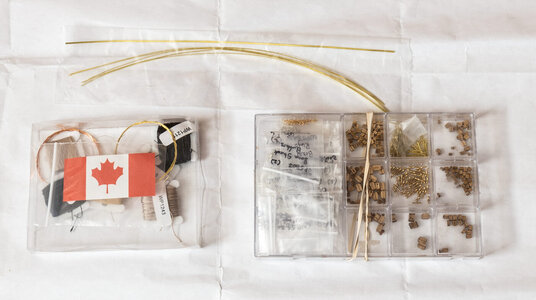
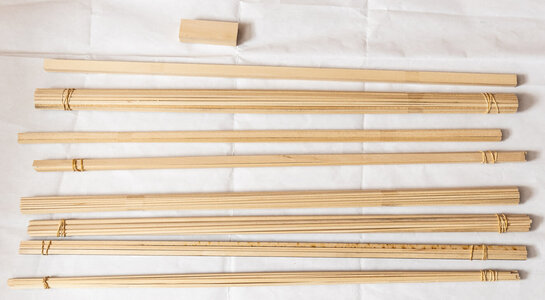
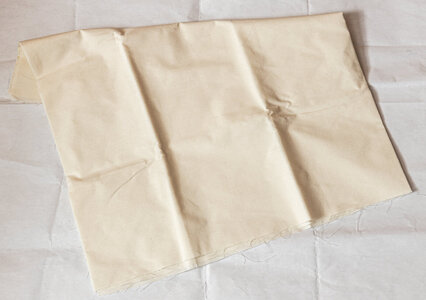
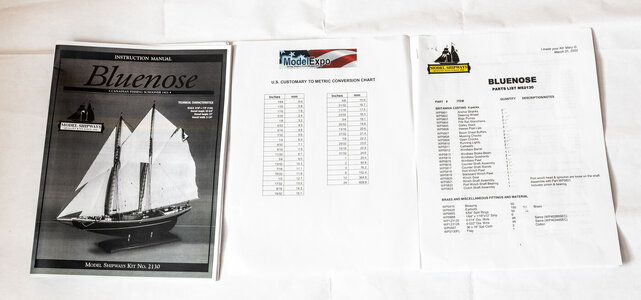
The Bluenose will be going to my older daughter when completed. This ship reminds me of her. She works hard at one full time and one occasional part-time job, so she is a hard worker. But she is also a dedicated competitor running long trail runs. I think her longest to date is 60 miles (nearly 100km). The bluenose had 2 personalities, working and racing, much like her.
In order to be transparent, I actually started the Bluenose several months ago (middle of October 2022). I plan to post updates a couple of times per week until I get caught up with the actual build. I am using other build logs that I have found as references as well as the plethora of information available online about the Bluenose for guidance. Specifically, the build by the Suburban Ship Modeler is most helpful.
To start here are some pictures of the kit plans and supplies. I checked the parts list and found I was short on the listed number of eyebolts so I contacted Model Expo. I received the additional parts within a week at no charge and no shipping. Great service.








Last edited:




